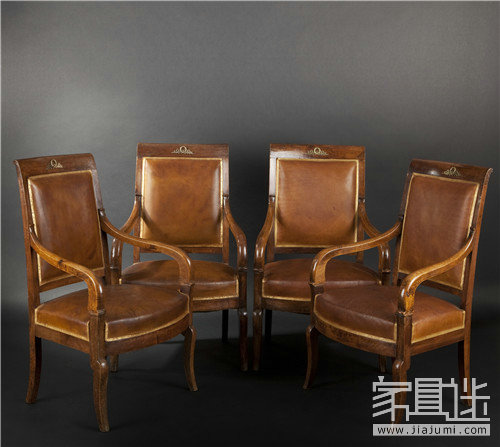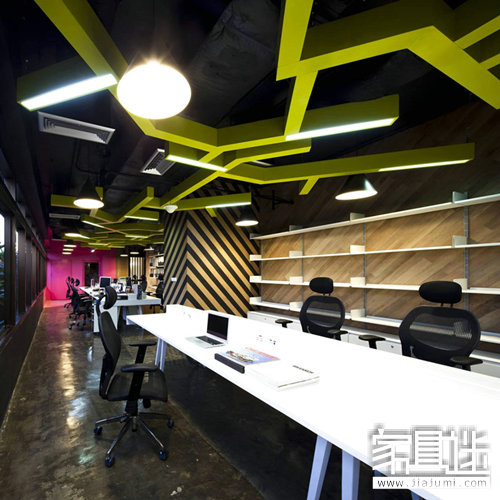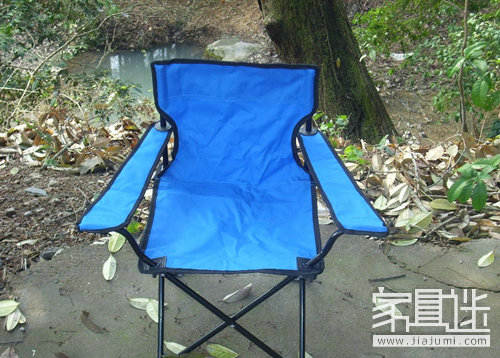The armchair is a broad category of seating that includes any chair with armrests, excluding round or standard chairs. These chairs come in various styles, ranging from simple to highly ornate, and are often paired with coffee tables for a balanced and elegant arrangement—typically four chairs in a living room, with two on each side for a symmetrical look.

Armchairs can be broadly categorized into three main types: modern armchairs, travel armchairs, and rosewood armchairs. Modern armchairs are a prime example of ergonomic design, engineered to support the natural curvature of the human spine. The seat and backrest are independently adjustable, adapting automatically to different sitting postures. When seated upright, the chair maintains a comfortable vertical position. If the user leans forward, the seat tilts slightly downward by 6 degrees. When relaxing, the seat moves forward and the backrest reclines, allowing for an additional 12-degree tilt for maximum comfort—all without manual adjustment.

Travel armchairs are designed for portability and convenience. They fold compactly and are easy to carry, making them ideal for use at home, in the office, or during travel. Their structure is based on engineering principles, ensuring even weight distribution and stability. The frame utilizes triangular stability to prevent shaking, offering a solid and reliable seating experience.

Rosewood armchairs, particularly those made from red sandalwood, have a rich historical background. Originating during the reign of Emperor Qianlong of the Qing Dynasty, these chairs were influenced by Western design elements. At that time, the imperial court commissioned craftsmen to incorporate European aesthetics into traditional Chinese furniture.
One notable example is the Yuanmingyuan, also known as the "Garden of All Gardens," built during the Qianlong era. The Western Buildings within the Yuanmingyuan were designed by Italian missionary Giuseppe Castiglione, who was highly favored by the emperor. He introduced European architectural styles, which later influenced the design of furniture in the palace.
As a result, European elements began to appear in Chinese furniture, blending with traditional craftsmanship. While Chinese furniture typically featured straight lines and sharp angles, European Rococo style emphasized curved, flowing designs. Ornamental motifs such as passionflowers, vines, and grape patterns became popular. Under imperial orders, Chinese artisans gradually integrated these Western elements into their work, enhancing the visual appeal and creating unique pieces that stood out.
This pair of Qing Dynasty red sandalwood armchairs exemplifies this fusion. Featuring classic European Passionflower designs, they are crafted from precious red sandalwood and adorned with intricate carvings and openwork details. The chair backs and armrests are decorated with continuous curling patterns typical of the Rococo style, adding a fresh and innovative touch to traditional Chinese furniture. These chairs combine the elegance of Chinese rosewood craftsmanship with the grandeur of Western design, representing a remarkable blend of East and West.
**Related reading:** Jiangshan easy to change, chairs often
Quilted Toilet Paper, Quilted Toilet Tissue,Quilted Soft Tusse Paper,Quited Toilet Roll
BODA ENTERPRISE LIMITED , https://www.bodapaper.com